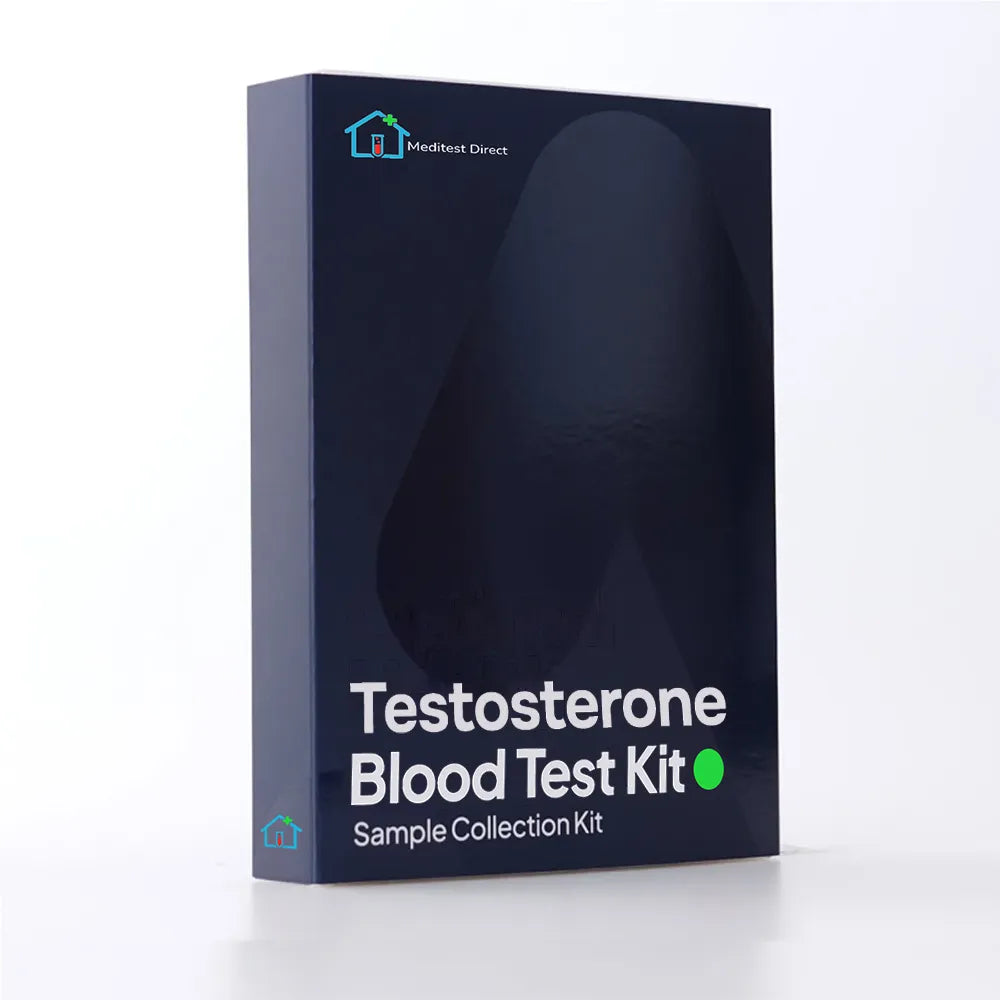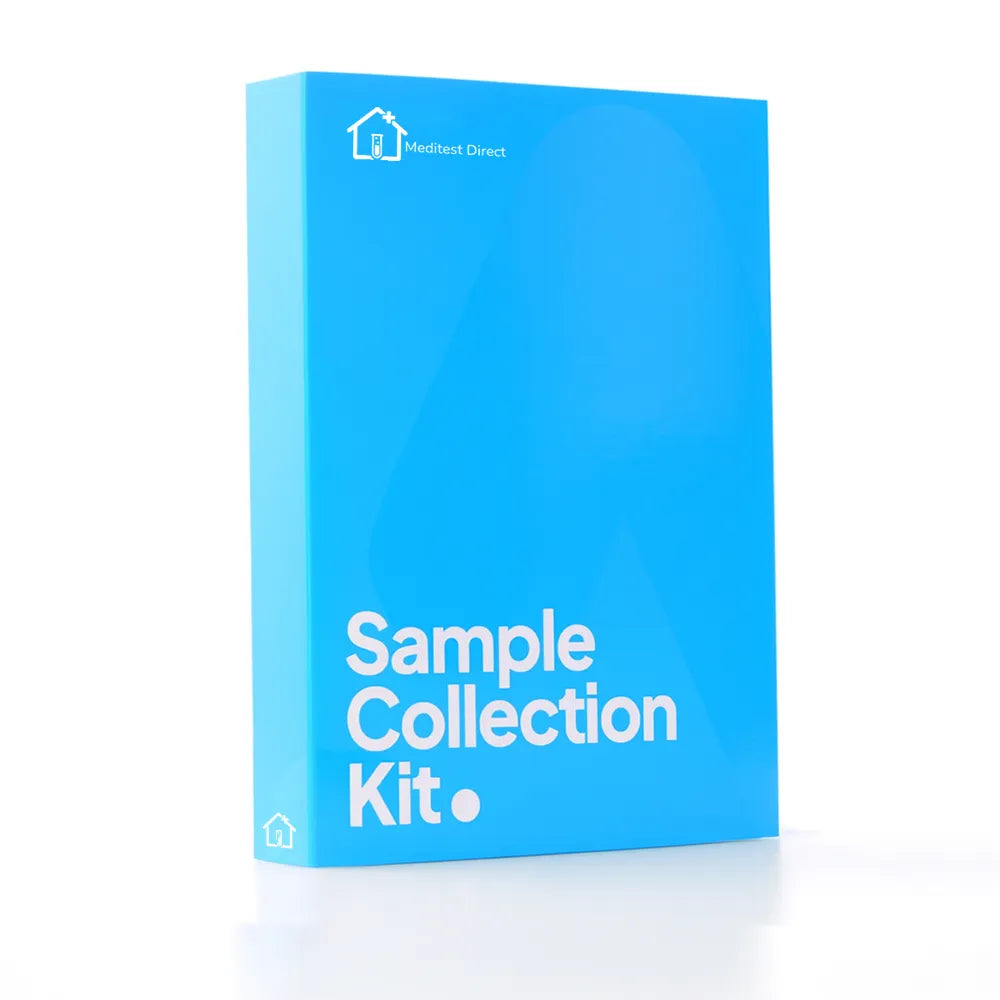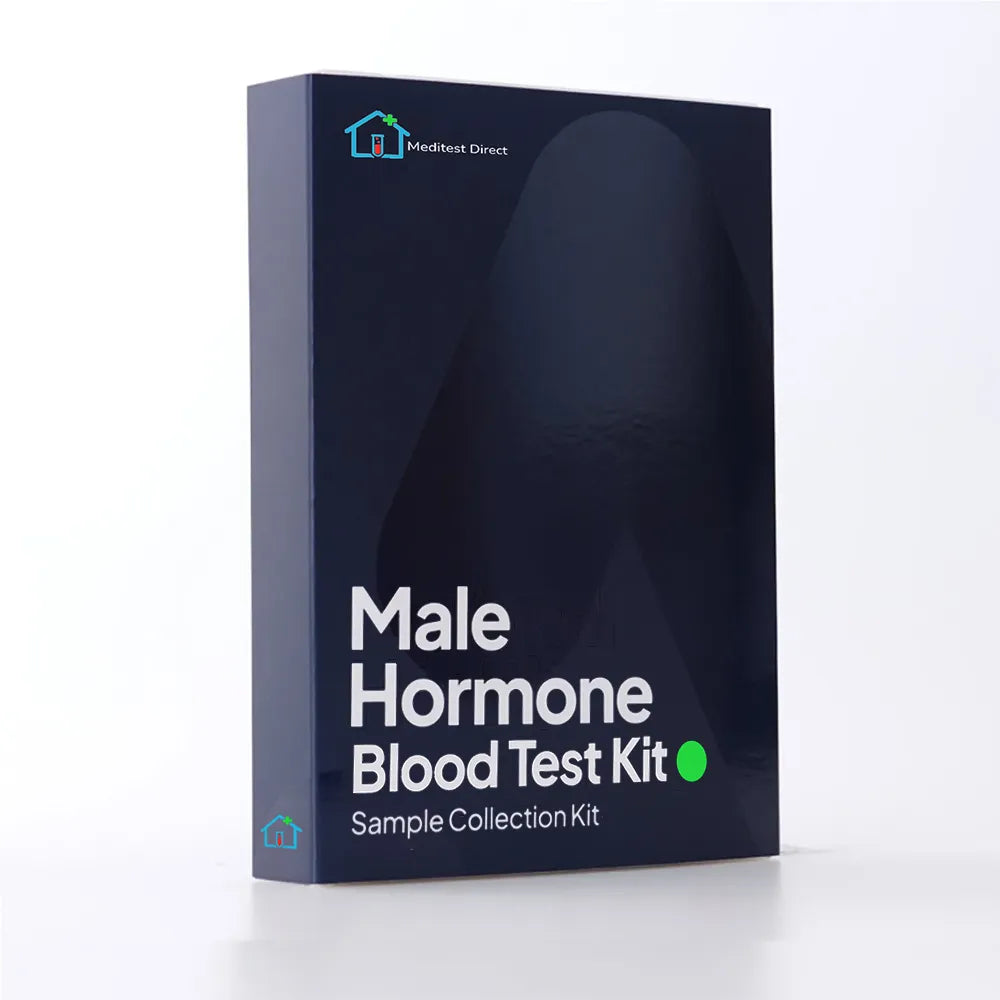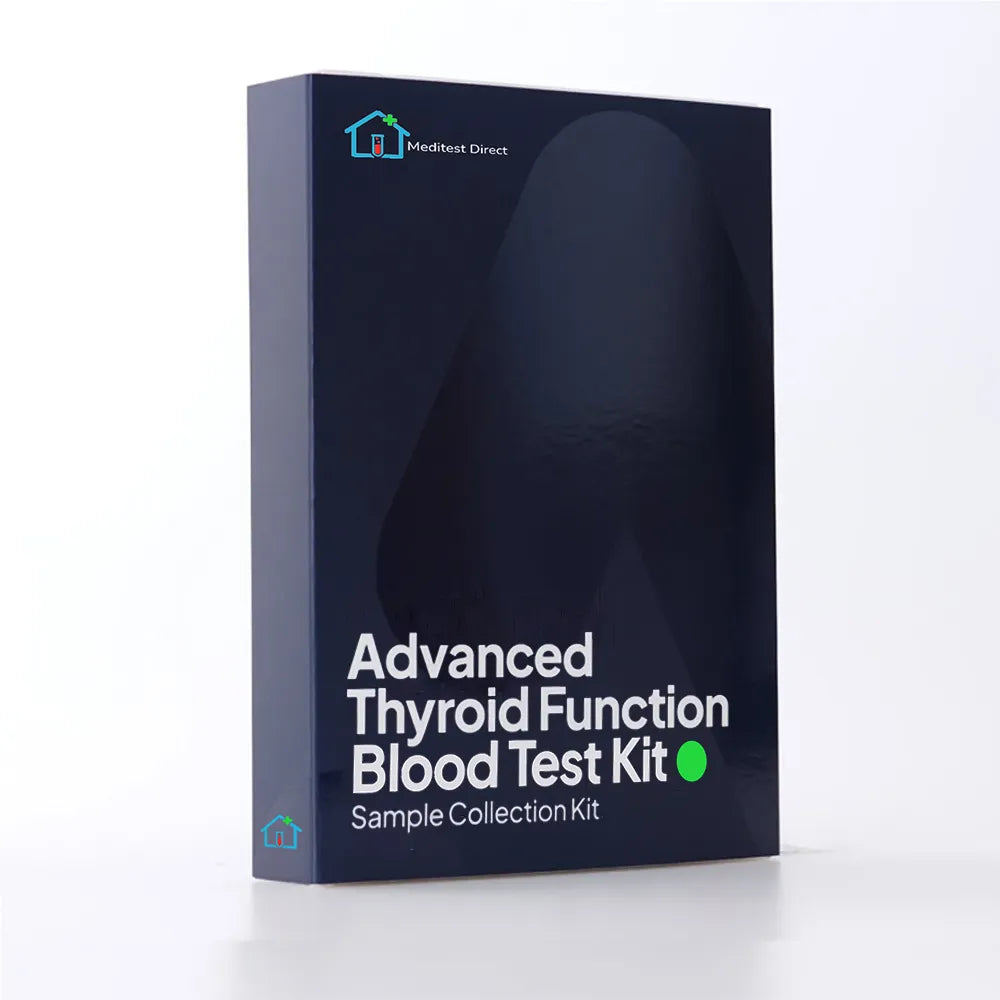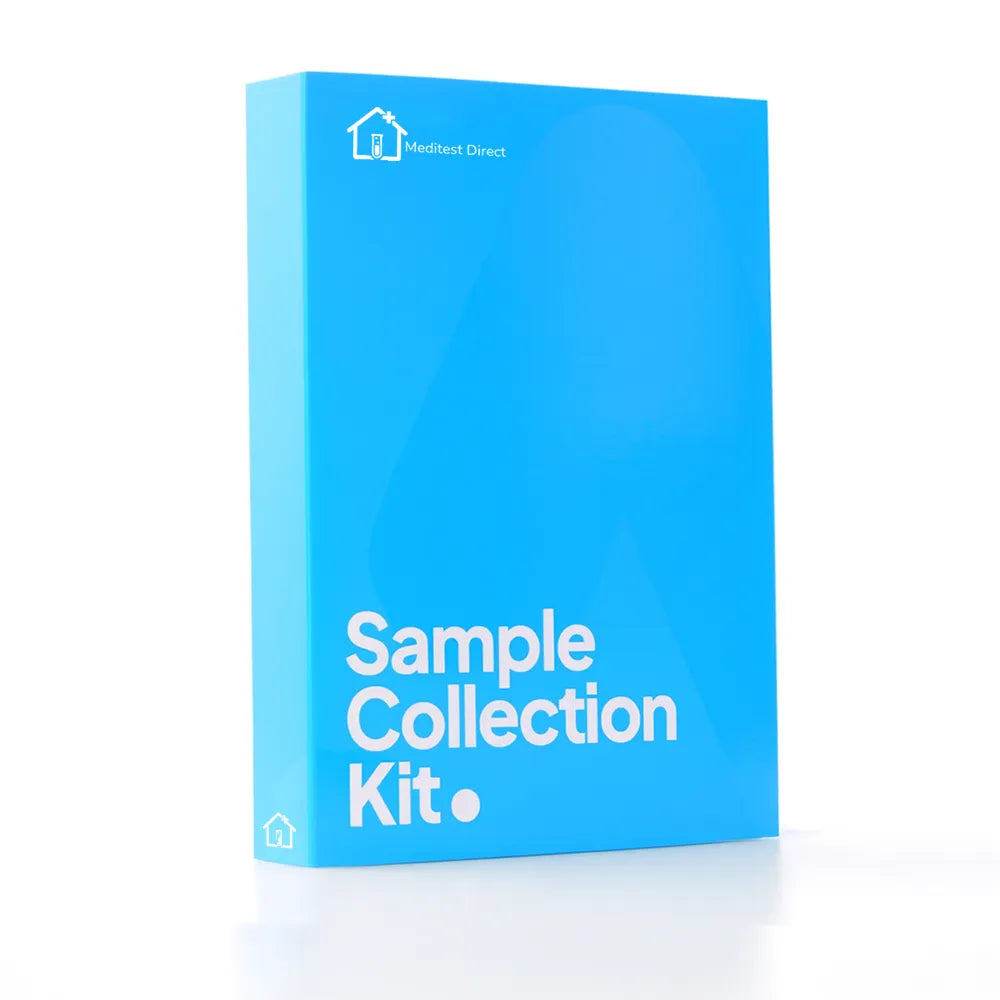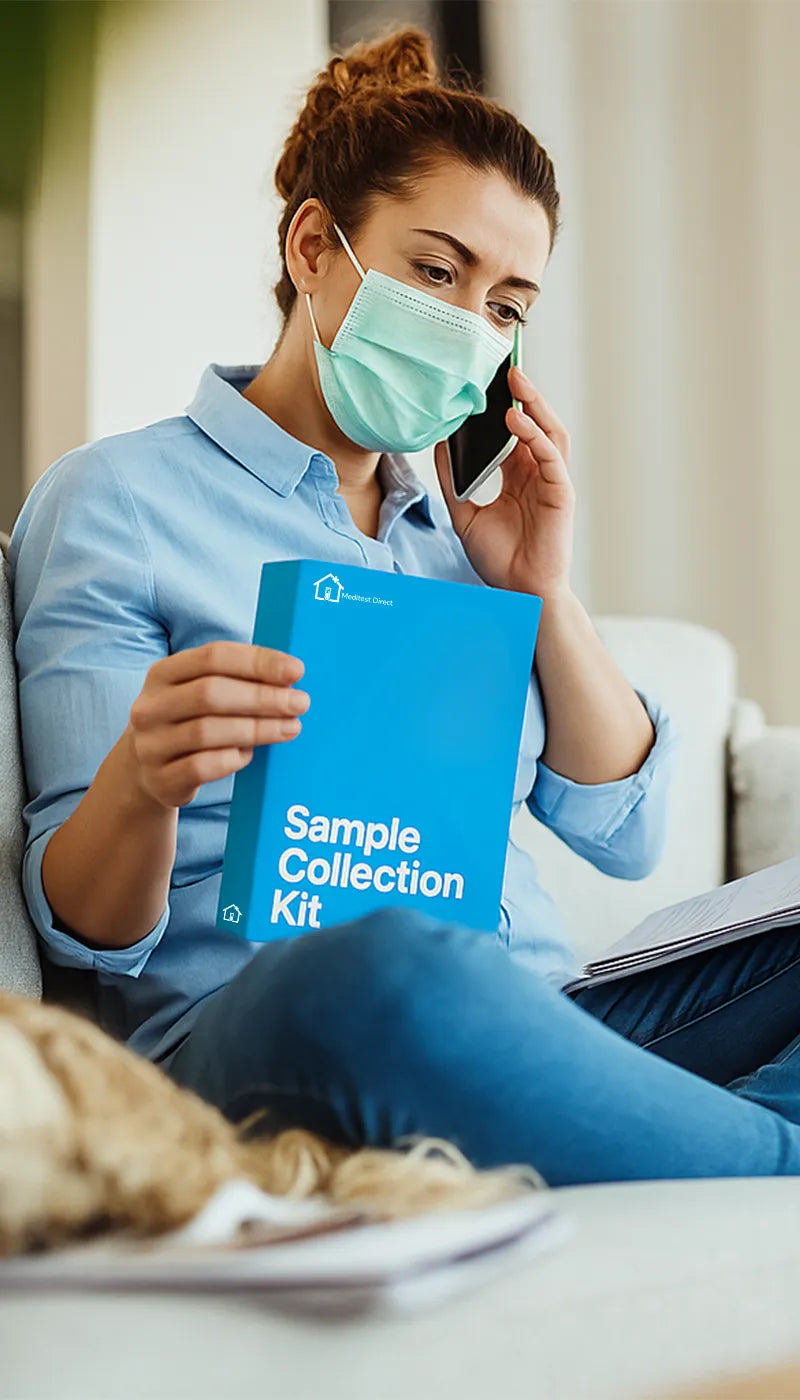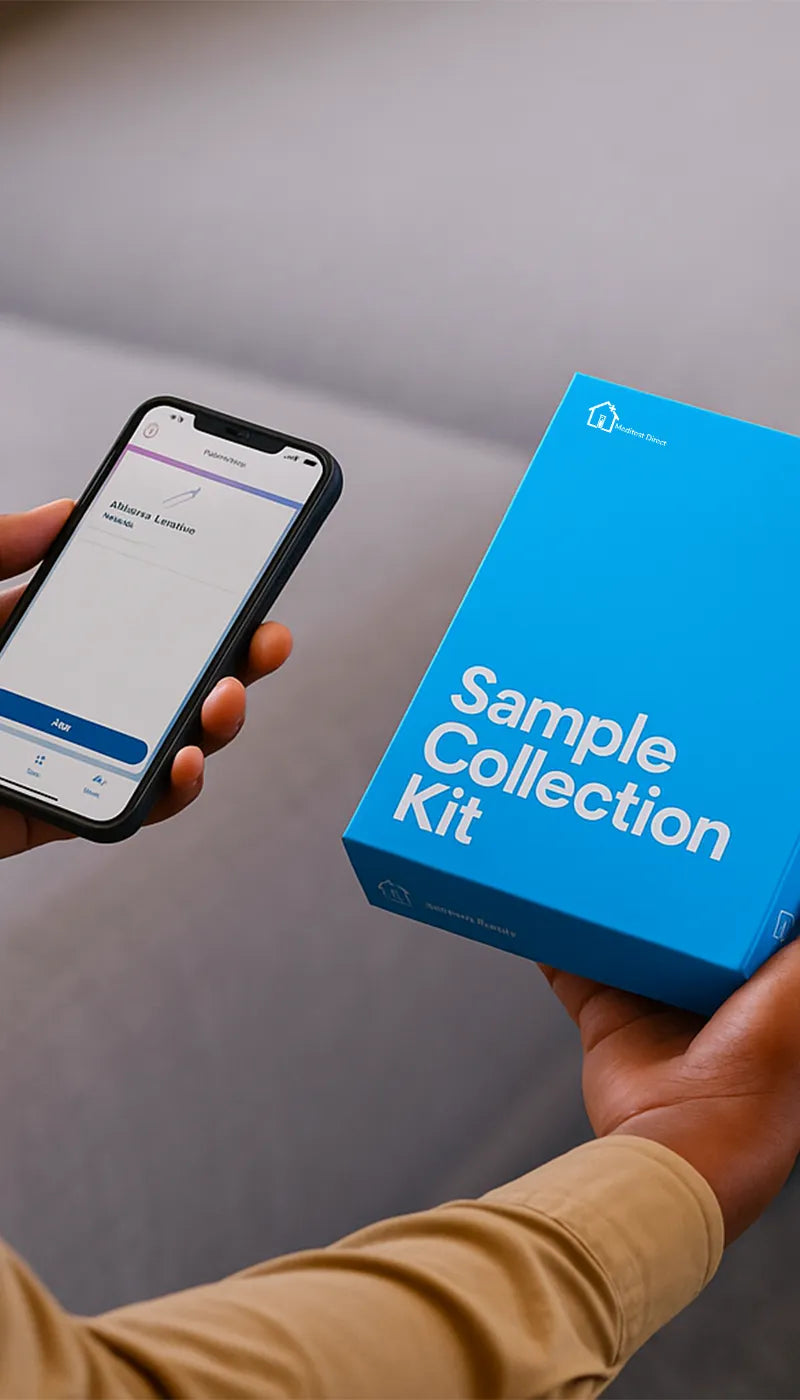This product gives you a home blood test kit to check female hormone levels. Best suited for women or those with female biology who want a clearer picture of how their hormonal balance may be influencing menstrual cycle, fertility, energy, or symptoms like mood changes or skin issues.
Why choose this product
-
Helps you understand important hormone levels that affect cycles, fertility, and overall well-being
-
Ideal if you’re noticing irregular periods, mood swings, or want to monitor fertility or hormonal support
-
Convenient sampling at home with lab-processed results you can trust
Important information
-
This product is for informational purposes only and is not intended to diagnose, treat, or prevent any medical condition
-
Results should be discussed with a qualified healthcare professional
-
All samples are analysed by UKAS-accredited laboratories
